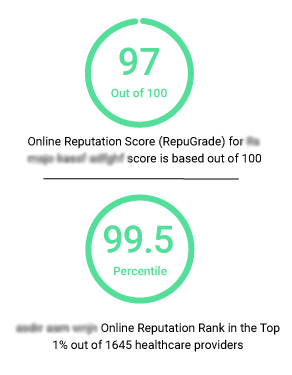6 UX Mistakes Will Drive Users Away From Your Mobile Site

The user experience (UX) should be your top concern regarding your mobile website. Mobile users expect quality content, navigation, functions and appearance that works with small screens. That's why responsive web design has become so important because it provides a universal solution that addresses most of these issues.
Here are 6 most common UX mistakes to avoid when it comes to mobile sites.
The App Disappointment
When users follow a link because they were led to believe they would land on interesting content, they might get annoyed when they are directed to an app to download instead. Many people don't want to take that extra step. As Stephen Hay of Zero Intolerance puts it,
When I follow a link to your site on my phone, and I can only get to the content if I ‘download the app’. I’m not going to download the app.
Furthermore, if your site isn't optimized for mobile and requires an app, many users will see through the strategy as an attempt to rack up stats.
Part of the problem with apps is that the masses of mobile users have already downloaded tons of apps on their devices that they might have used a few times then never used again. People are becoming more selective about downloading apps, which still have value but it's best not use them as portals to your pages. Instead, optimize your site for mobile with responsive web design.
Too Much Text
Avoid text intensive pages since a growing number of people are getting tired of reading long text on small screens. Use subheadings to divide up text, which makes your content easier to read. Remember that people prefer to scan text anyway, as they quickly try to find information that is relevant to their personal needs. Don't treat your content like a story that only makes sense if you read the complete text from beginning to end.
Complex Forms
Making a site too complex is one of the most common UX mistakes and most difficult to correct. Think of all the time wasted on trying to make a site too elaborate, only to lead to diminishing returns. If your registration form turns into a rabbit hole of too much digging through steps that contradict the promise of quick registration, you will end up with many people abandoning the process.
Think about alternatives to CAPTCHA for gaining access to deeper content. Many people are tired of its time-wasting characteristics, as much as they are sick of creating new passwords that require a unique format of alphanumeric characters. Simplify your forms by limiting the steps to 3-5 clicks. Stay focused on the relationship, conversation, and appearance.
Fancy Design
If you try to make your design too fancy it can backfire, since people don't really visit sites to check out how wild and esoteric they look. Most people are looking for specific content or functions. You can still use attractive and creative designs, but don't go overboard with contrasting colors, large images that take too long to load or animation. Stay focused on minimalism using appropriate creative enhancements for the call to action.
Slow Pages
One of the most disastrous user experience design mistakes is slow loading speed. Despite the common knowledge among web developers that loading speed is a top priority for online success, somehow the internet is still flooded with slow loading pages.
The obvious reason why slow loading is the huge problem is that nobody likes to sit for over ten seconds to watch web pages load when they could be somewhere else online finding what they're looking for. Always remember that loading speed can make or break a site, so make sure you test the speed of your pages.
Failing to Optimize for Mobile
The mobile internet revolution isn't going away. So make sure you're not committing another one of the most common UX mistakes, which is failing to optimize your site for mobile users. Responsive web design will ensure that your site is compatible with all browsers across all devices. It can also increase conversions, transactions, and revenue.
Other steps you can take are to make sure the text is not too small and links are not too close together. Touch targets should be at least 8 millimeters apart with 10 millimeters of spacing. Landscape scrolling is now more popular than pinching and zooming. Make it obvious to more mobile users that your site is mobile-friendly.
Liked the post! Please pay with a pin
![6 UX Mistakes Will Drive Users Away From Your Mobile Site 6 UX Mistakes Will Drive Users Away From Your Mobile Site [Pin]](/blog/wp-content/uploads/2015/11/6-UX-Mistakes-Will-Drive-Users-Away-From-Your-Mobile-Site-Pin-683x1024.png)
What other ux tips you have to optimize the mobile experience for your users? Do tell us in the comments or on our Facebook page or on Twitter. Is your website not getting enough number of visitors? Get a FREE consultation over web design services by requesting a quote today!
Comments are closed


